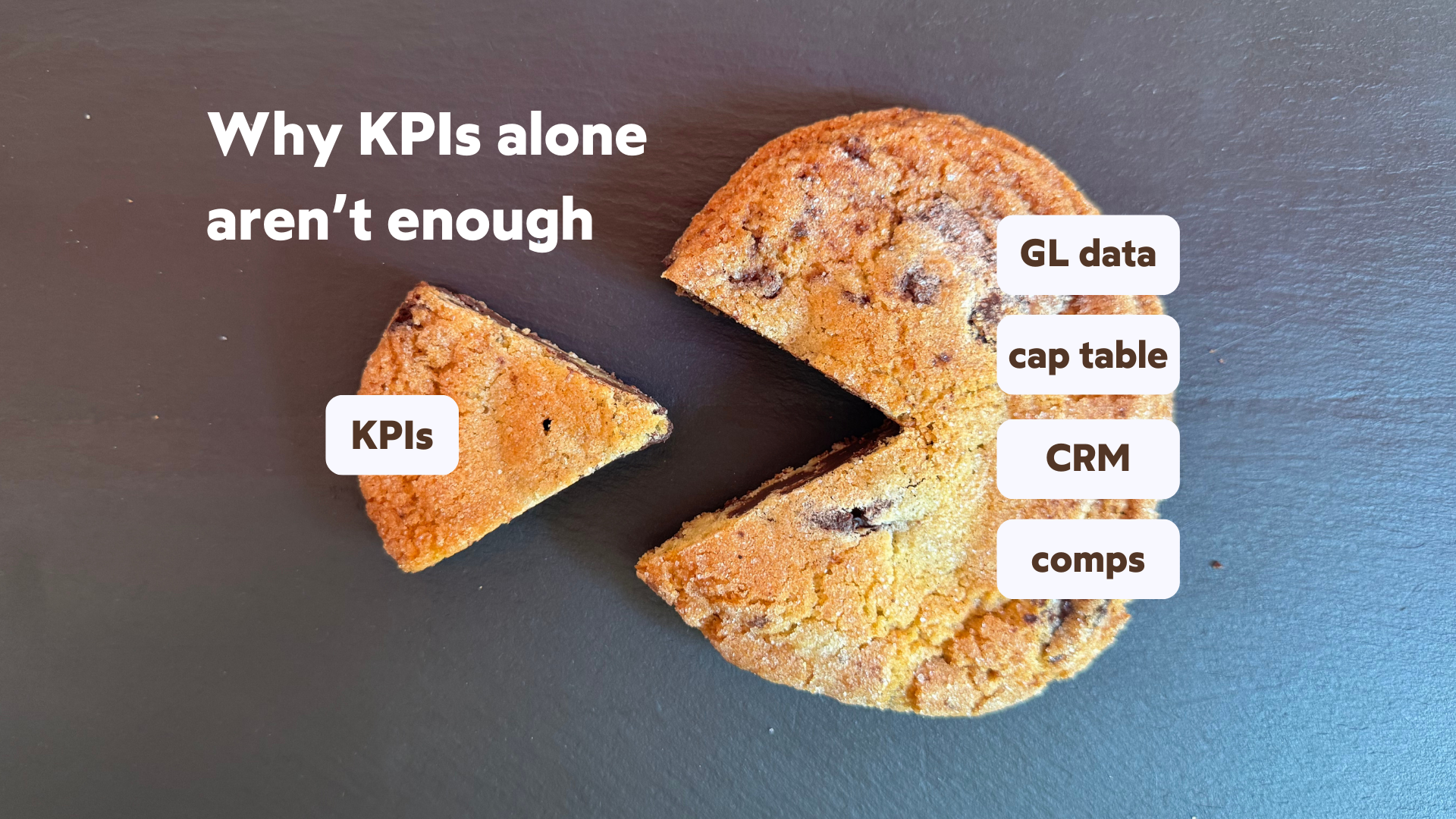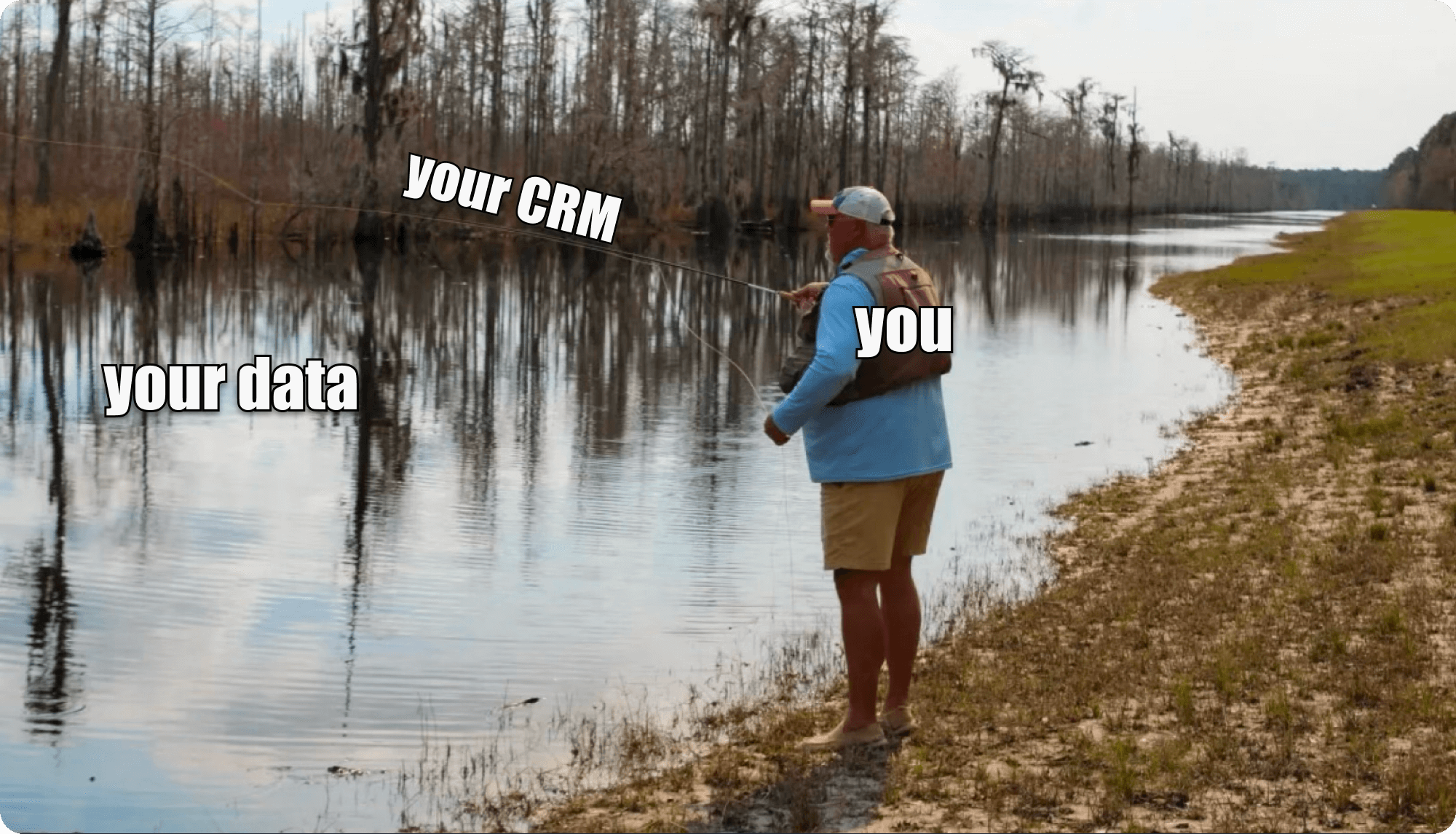5 Reflections on Foresight’s 2nd Birthday.


Birthdays are a time to reflect - on learnings, accomplishments, and goals – and the birthday of a business is no exception. Foresight recently turned 2. And by recently, we mean like three months ago, but we were too busy to celebrate (or to write a blog post).
We began our third year with triple the number of customers and a much deeper understanding of what the private market needs and how we fit into its software landscape. We could write a book on everything we’ve learned, but who has the attention span for that these days?
So, here’s an easily digestible list of the top 5 challenges we’ve consistently heard over the past two years (and three months) and how Foresight addresses them.
#1: “How do we deliver a single source of truth?”
Unlike the public market, there are no ticker symbols, CUSIPs, or ISINs for private companies to automatically unify a bunch of disparate data. This means that getting a complete view of a private company, pre- or post-investment, is a massive data engineering project that very few organizations have the time or resources to undertake.
A decade ago there wasn’t enough data to worry about this sort of thing, but suddenly the private market is worth $25 trillion, LPs expect institutional-grade reporting, and every major fund has a “data and AI” initiative. Disconnected point tools and data silos (third-party data feeds, fund admin, CRM, cap table vendor, KPIs, Slack, etc) make sourcing, diligence, and portfolio management harder than it should be.
Sourcing is hard, because no one source is perfect, and the more feeds you buy, the more you have to stitch together, and none of these 3rd party feeds (eg Pitchbook, Harmonic) talk with the 1st party data in your CRM (eg Affinity, Salesforce). Diligence is hard, because most of the tools that private funds use to manage the pipeline aren’t fit for purpose, and they don’t integrate all the data, unify notes, or provide metadata on pipeline performance. Portfolio management is the hardest, because there are more data sources, and because the primary data sources are either complex or are locked in ancient systems or both, like the typical general ledger, for example.
Foresight solves this problem by using AI and business to logic integrate and unify any source of pre- and post-investment data and builds it into intuitive dashboards, workflows, and process automation in our Sourcing, Diligence, and Portfolio Management modules. Your unified data is also available to you via Foresight’s API, so you can build your own tools that actually deliver alpha and competitive differentiation.
#2: “What can be automated, and how do we automate without threatening teams?”
If the histrionics are to be believed, white collar knowledge work will be entirely automated by AI by the time you finish reading this. A lot of our product is made of AI, and we have some very smart engineers, so we feel equipped to weigh in on the topic of AI-driven automation.
AI is definitely coming for the private market, but there will always be a role for human intuition, relationships, and judgement. We don’t expect deal sourcing to ever be fully automated, but most of the more sophisticated VC, PE and M&A firms expect 50% of their deal flow to come from software that’s programmed with a thesis, ingests a massive amount of data, and turns signals into enriched lists of people and companies.
This is exactly what Foresight Sourcing does. Bringing this kind of automation into deal teams is a total no-brainer, and it makes investors sharper and faster.
There’s a lot of unnecessary manual work within post-investment teams, and it should be automated so that finance and ops teams can spend more time on strategic work that drives portco and fund performance. Why do finance teams have to build an Excel model every time the GP or an LP asks a question? Why is reserves planning so hard, and why does capital allocation have to be so theoretical? Why does every audit season suck the life out of finance managers, controllers and CFOs?
Foresight Portfolio delivers to private fund finance and ops teams a complete set of tools for data collection, portco and fund performance reporting, scenario modeling and more, and deal teams get a single destination for every data point about their portfolio. What once took days in a spreadsheet is now automated in a click on Foresight, which helps to elevate human talent by automating what should be beneath it.
#3: “How do we handle rogue builders?”
We hosted this past Spring events with NEA for technical investors, data leaders, and engineers in VC and PE, and we invited participants to share 5-minute presentations about the data or AI challenges or initiatives they were working on. We were amazed by the range of tools and capabilities that were built by individuals as a nights and weekends project, and often without the support (or blessing) of their firms’ CIOs and CTOs.
While every firm should reward entrepreneurial initiative, there’s something to be said for building tools on a sanctioned foundation and within the constraints of data and cyber security. The problem with hiring smart, capable people, though, is that they will take matters into their own hands if they aren’t provisioned with a safe and secure environment.
Foresight delivers this environment through our API to your unified data and by connecting all of your applications and tools. Builders get to build, and CIOs and CTOs get to sleep soundly. Everyone wins.
#4: “What’s our AI strategy?”
Ten years ago, using the term “AI” was akin to swearing. People old enough to have watched Seinfeld episodes when they aired on television will remember that the less polarizing term, machine learning, had to be used in lieu of AI to describe an algorithm that used data and patterns to learn how to perform tasks. This was because AI was thought to be vaporware.
Fast forward to today, and you’d think the only way you could sell a butter knife is if it were AI-driven. And that’s a problem for software buyers.
There are fewer software companies these days claiming to be AI-driven that are entirely rules-based, but there are lots of software companies touting conversational AI front ends that don’t have a data integration and API foundation, which is the boring but essential backend that makes the sexy front-end smart and useful.
There are also software companies that claim to use AI to read unstructured documents (eg board decks, financial statements, emails) and extract KPIs with total accuracy. This is also a fallacy, at least for another year or so. These companies are using inexpensive offshore teams to do the document mapping and then applying good old fashioned optical character recognition (OCR) to extract data. We don’t think advertising automagical AI today that’s actually powered by a human backend is an ethical approach to winning customers.
And then of course there’s the belief that LLMs can do anything and that prompt engineering can easily spin up the perfect private market software stack. There’s a lot of complex data engineering mapping and logic that goes into data unification, and LLMs still suck at math (eg creating a waterfall). We’ve heard of many an internal AI project that gets scrapped because of high expectations and low ROI.
Sure, there’s a lot of pressure to modernize and use AI-driven tools. But the smartest firms aren’t rushing to buy the first crop of AI-enabled software or trying to build their entire stack inhouse. They are methodically identifying business problems and evaluating a combination of proven infrastructure tools like Foresight and deciding what they should build on top of this infrastructure in-house.
#5: “How do we scale cost-effectively?”
Running an entire business on a dozen different versions of the same Excel sheet isn’t super scalable, but neither is buying a dozen different software tools or hiring a dozen engineers. The smartest firms in the private market are hunting for ways to do more – find more deals, diligence them faster, analyze the portfolio more deeply – without technology or talent sprawl. They’re buying software platforms that unify all of their data and build that data into the unique analytical tools and workflows that each team needs to make their best decisions.
Closely related to the quest for cost-effective scale is the classic build vs buy debate. The modern approach is to build and buy: use off the shelf tools as data infrastructure and industrial automation, and let your in-house talent build unique tools on top of it. Buying one data and automation platform is much more cost-effective than buying Snowflake and PowerBI and a bunch of private market specific point tools, and it makes building inhouse technology easier.
Reflections
Talking with a lot of smart people over the past couple years has made us smarter, and working with them as customers has clarified our mission.
Foresight’s mission is to connect the private market through data.
We’re now (over) 2 years into this mission, and we’re growing and evolving much faster than we expected. We’ve demonstrated that our software can connect our customers to their unified data so that they can make their best decisions. Once Foresight has connected everyone in the private market to their data, and everyone in the private market is on Foresight, there’s even more value that we can deliver to the private market.
Thank you to everyone who has spent time with us, invested in us, and become our customers over the course of the past couple years. In lieu of sending us a cake, send an email to adam@foresightdata.com and let’s kick off a chat.











